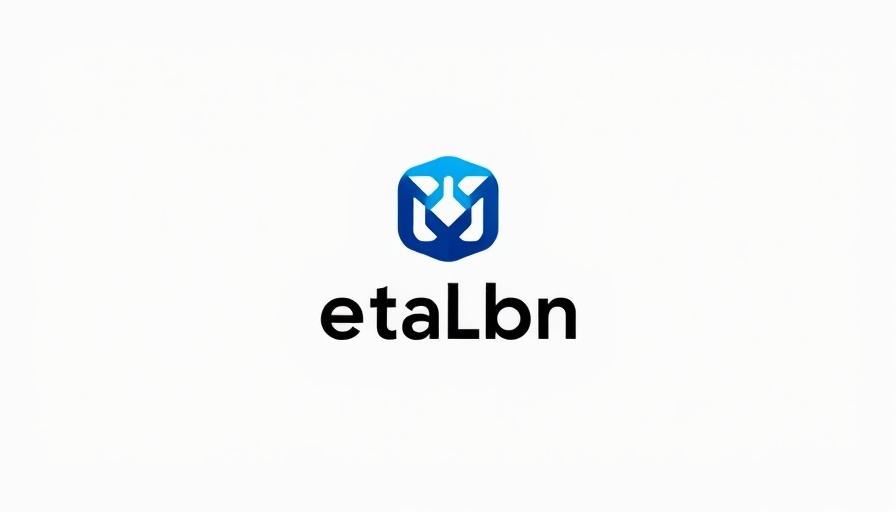
Unlocking Growth: The Power of Social Media Analytics in 2025
As 2025 approaches, business owners aiming for sustainable growth are increasingly recognizing the vital role social media analytics play in shaping effective marketing strategies. With changing consumer behaviors and evolving digital landscapes, understanding the metrics behind social media interactions is more crucial than ever. This article delves into some of the most effective social media analytics tools available, designed to enhance your strategy and drive actionable insights.
Why Analyze Social Media?
Understanding the emotional and behavioral triggers behind user interactions on social media can transform how businesses engage with their audience. Social media analytics tools provide data on what resonates with followers, allowing business owners to tailor their content accordingly. This is not just about growing numbers; it’s about cultivating genuine connections, fostering loyalty, and using data to make informed decisions.
Top Analytics Tools to Elevate Your Marketing Strategy
In 2025, the right tools can set your business apart. Here are a few standout analytics platforms every business owner should consider:
- Hootsuite Insights: Integrated with Hootsuite, this feature offers deep dives into audience engagement trends across multiple platforms, allowing businesses to allocate their resources wisely.
- Buffer Analyze: A user-friendly dashboard that helps small business owners understand the performance of their posts, Buffer Analyze simplifies the process of refining content strategies.
- Sprout Social: Offering robust reporting features, Sprout Social is great for those who need detailed insights into their social campaigns and the competition.
- Google Analytics: Though primarily a web analytics tool, Google Analytics also provides valuable insights into social media traffic, helping businesses track where their site visitors are coming from.
- Socialbakers: This platform focuses on AI-driven insights, helping brands understand audience behavior and improve their marketing efficiency.
The Emotional Connection: Why Business Owners Should Care
For business owners, choosing the right analytics tool is about more than just crunching numbers; it’s about building relationships. Tools like Hootsuite and Buffer Analyze can uncover trends that illustrate how audiences feel about your brand. Imagine launching a campaign and being able to see real-time reactions and suggestions from your audience. The data isn’t just for tracking performance; it’s a window into your market’s soul.
Future Trends: Where Social Media Analytics is Headed
The future of social media analytics is poised for exciting advancements. As artificial intelligence continues to develop, we can expect predictive analytics to become more prevalent. These tools will analyze past engagement metrics and predict how potential future posts will perform. This shift will provide business owners with critical foresight into their strategies, allowing for timely adjustments.
Understanding Common Misconceptions
Many entrepreneurs think that social media analytics only cater to large corporations. However, small businesses can significantly benefit from these tools. Analytics are accessible and scalable; even a modest investment can yield high returns when you know how to leverage the data effectively.
Practical Steps to Implement Analytics in Your Business
Implementing analytics into your marketing strategy doesn’t have to be daunting. Start by identifying your goals: Are you looking to increase brand awareness or foster community engagement? From there, select a tool that aligns with your objectives. Gradually begin integrating analytics into your content creation process, adjusting strategies based on insights.
Getting Started with the Right Tools
With various analytics tools available, the process of choosing one can seem overwhelming. However, knowing your business needs will simplify the selection. Tools like Google Analytics are essential, but specialized tools such as Socialbakers provide unique insights that can tailor your efforts to your audience's preferences and behaviors.
Your Path to Success
As 2025 unfolds, business owners must adapt to stay relevant. Embracing social media analytics tools isn’t just a trend; it’s essential for crafting informed, engaging, and effective marketing strategies. The insights gained can drive growth and enhance relationships with customers—turning casual followers into loyal advocates.
Final Thoughts
In an era where the digital landscape is continuously evolving, arming yourself with the right social media analytics tools is key to staying ahead. To grow your business successfully in 2025, engage deeply with your audience, and let data inform your decisions. By not only observing but also understanding consumer behavior, you pave the path for sustainable growth and connection.
Take charge of your marketing strategy today! Explore various analytics tools, assess your growth goals, and start building a stronger connection with your audience through informed insights.
 Add Row
Add Row  Add
Add 




Write A Comment